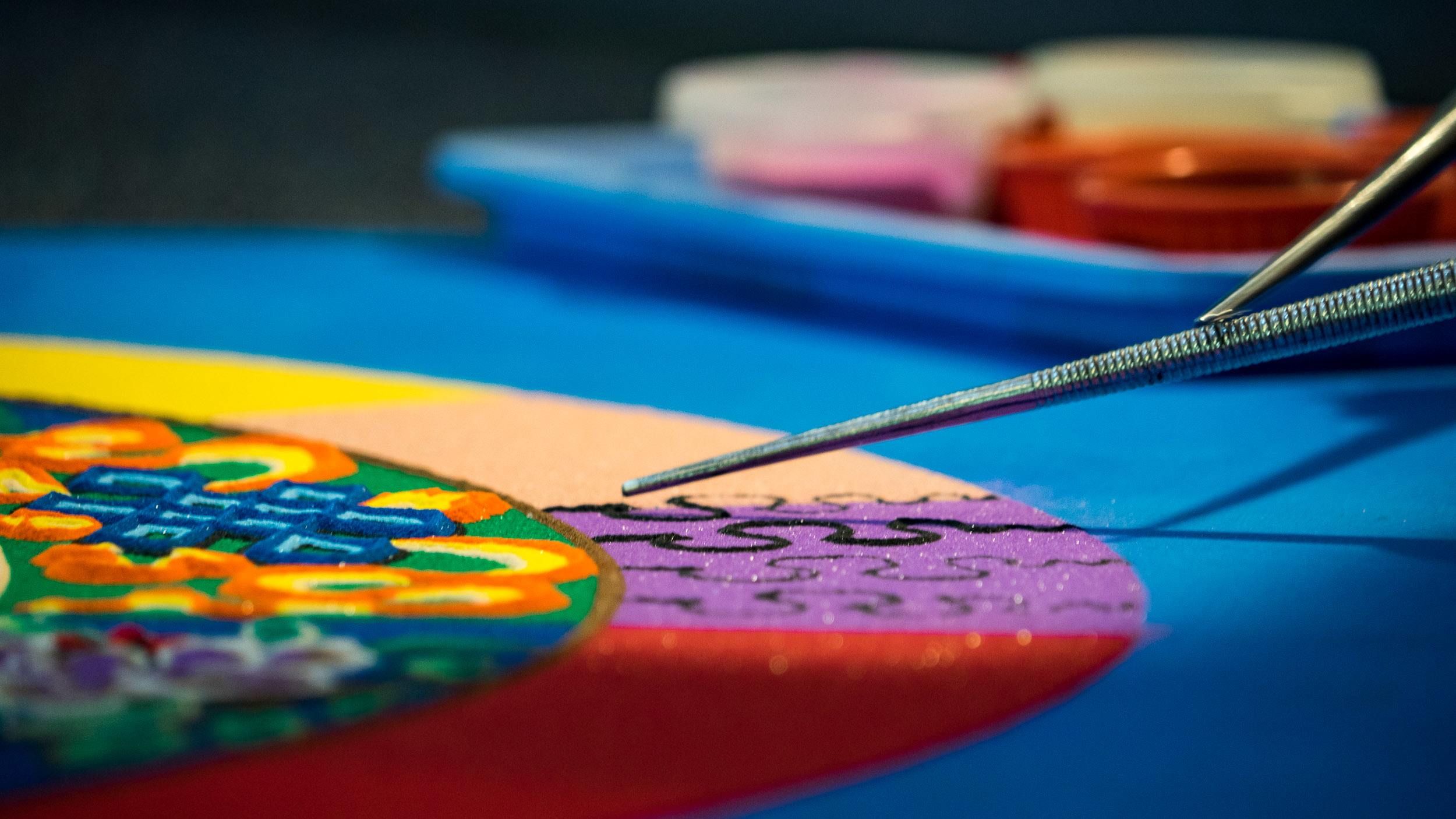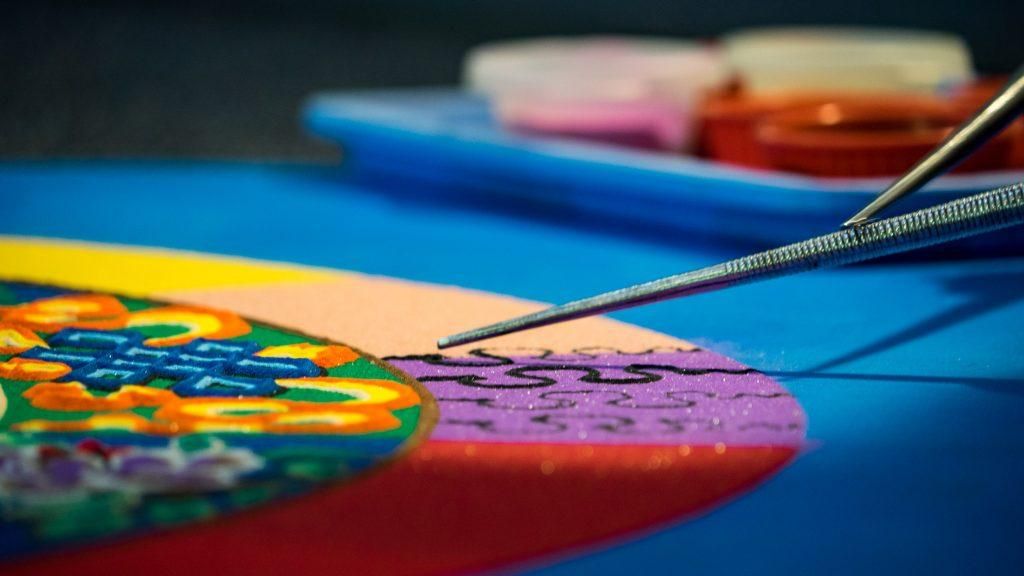How we photograph is as important as what we photograph. Changing our approach to photography changes the images we produce. It also changes how we feel about the images and the photographic experience.
In this guide, I’m going to introduce you to what I call “Zen photography” or “mindful photography.”
Zen photography is a mindset. It’s a way of approaching photography that will help you create better images. It focuses on the experience of making images and expressing ourselves through our photography.
Our photographs are very much a part of who we are.
Photographing is a life experience that changes the way we see and interact with the world. I’ve adapted a quote from yogi B.K.S. Iyengar that speaks to the power of photography:
“Photography does not just change the way we see things; it transforms the person who sees.”
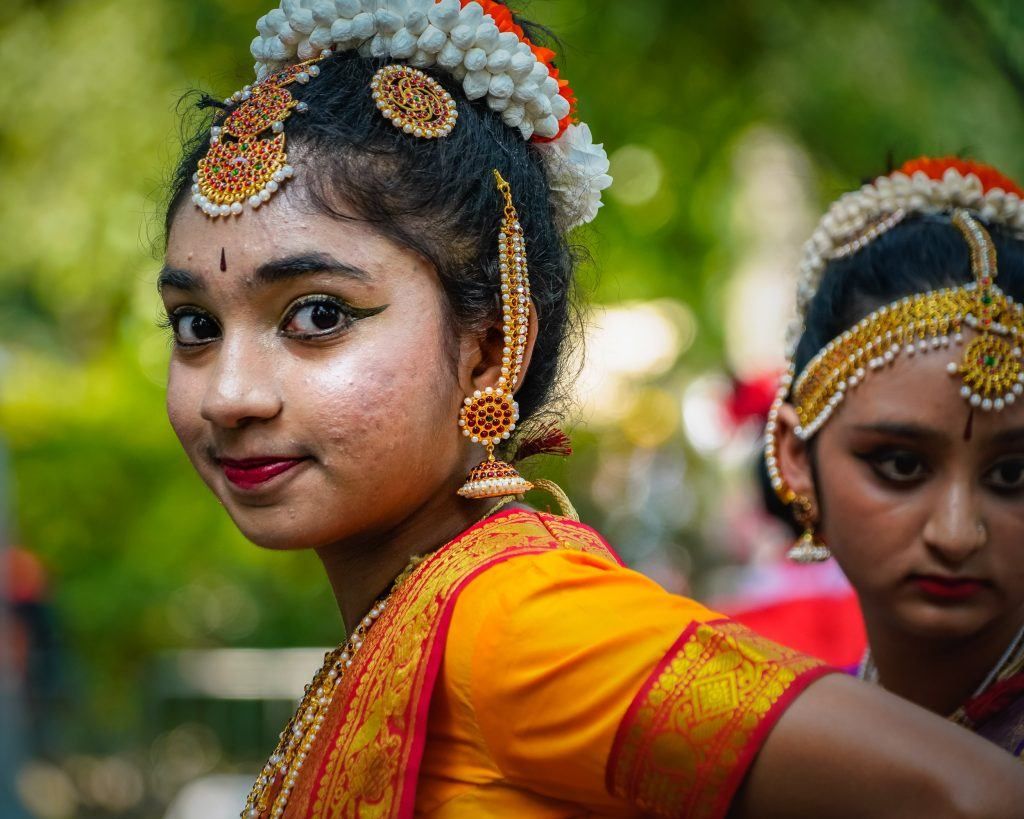
Photograph by Jenn Mishra
Let me introduce you to eight characteristics of Zen photography. Zen photographers are:
- curious,
- intuitive,
- seekers of beauty,
- focused,
- positive,
- seekers of simplicity,
- accepting of others, and
- accepting of self.
I’ll describe each characteristic as it applies to Zen photography. I’ll also show you how to incorporate each into your image-making process. Changing the way you approach your photography can markedly change your images.
Recommended Reading: If you’d like to improve your photography skills and create compelling images, grab a copy of our Powerful Imagery premium guide by award-winning travel photographer Michell Kanashkevich.
Curiosity

Photograph by Jenn Mishra
As adults, it’s easy to lose the sense of wonder that we experienced as children. Curiosity is about discovering the world as if for the first time. Curiosity is about exploring, playing, and learning new things.
Photography allows us to approach the world with fresh eyes. We explore well-worn paths, seeing them in literally a new light. Through our cameras, we discover new places to photograph and meet new people.
We are explorers every time we pick up our cameras.
This doesn’t mean traveling to faraway places. It means going out into your local community and seeing what others overlook, wandering down roads you’ve never taken and talking to people we would otherwise ignore.
Your camera is a key. It unlocks opportunities.
Photography allows us to approach the world with fresh eyes.
I find myself more willing to explore places with my camera. I drive down random roads or walk new trails just to see what there might be to photograph. There are many experiences that I’ve only had – and could only have had – because I had a camera in my hand.
Curiosity means looking for the image that we haven’t seen before and playing with angles and camera settings – trying something new just to see if it might work. It means approaching photography with a beginner’s eye.
When I feel myself making the same images again and again, I shake things up. I visit places at different times of the day. I play with intentional motion blur. I photograph from different angles.
Epic photographs are made by capturing the world from a new perspective – showing the world as it is rarely seen.
When I go out to photograph, I often set a destination. It may be a lake, a road that I pass by on the drive to work, or a local tourist attraction, for example. I leave myself a lot of time to explore along the way. I look for interesting light and details. I let my curiosity drive my exploration. It’s not even important if I reach my destination or not.
Key Lesson: The journey is part of the photographic experience. Approach the world with a youthful curiosity. Bring a sense of wonder and exploration to the experience of photography. Be open to learning and seeing the world differently from others. See the world differently from the way you’ve seen it in the past.
Approach the world with a youthful curiosity. Bring a sense of wonder and exploration to the experience of photography. Be open to learning and seeing the world differently from others. See the world differently from the way you’ve seen it in the past.
Intuition

Photograph by Jenn Mishra
Intuition means bypassing our conscious thoughts and letting our feelings guide us. There are compositional rules to follow in photography.
There are technical aspects of the camera that need thought. Thinking about the rules can get in the way of making an impactful image. We may be so tied to rules that we miss the emotion of the scene.
Intuition is about photographing from the heart.
Approaching photography intuitively means balancing the analytical side of photography with artistic vision.
Feelings and vision guide photographic composition. Rules for composing a good image are helpful, but they serve our photographic vision.
Photographing intuitively doesn’t mean being ignorant of compositional rules. In fact, it means the rules of photography become internalized so that we don’t have to think about them.
With a digital camera I don’t have to worry about how many photos I take. I can practice using the same camera settings in different conditions. I can explore all sorts of compositions, even those that my brain tells me are stupid.
Learn the rules, practice them, internalize them, and then let go of the rules.
Great photographers break the rules all the time.
Key Lesson: The situation and the individual scene guide the composition, not the rules.
The world isn’t always captured by coloring inside the lines.
Seek Beauty

Photograph by Jenn Mishra
Seeking beauty means seeing beauty in all things. Even when the world appears to be ugly on the surface, there can be beauty on a deeper level.
Great photographers find beauty that others fail to see.
This is not about seeing classic beauty. Even the most disturbing photograph may be beautiful in the emotion depicted. A scene may be beautiful in its balance or symmetry even if the subject is not inherently beautiful.
Seeking beauty means finding something interesting in what others dismiss. This is what separates snapshots from photographs and photographers from the iPhone shooter.
Anything can have beauty. It is, as they say, in the eye of the beholder. In the case of photography, the beholder has a camera! It is the job of the photographer to capture and share the beauty with others.
Key Lesson: It’s not the trips we go on. I was a traveler with a camera long before I was a photographer. It is the seeking of something interesting, something beautiful, where others don’t see it.
Focused
Being focused means living in the present and bringing your entire attention to the moment.
Photography happens in the fractions of a second. Photographers must be fully attentive to that brief moment.
Sometimes we move too fast and try to capture too many things. Photographers rush around trying to photograph everything. They jump into a scene and wildly take photographs. I’ve found myself doing this at times.
Trying to photograph everything, I get nothing.
Instead, bring your full attention to the image you are making. Reduce distractions and be fully committed to creating the photograph.
Stop. Slow down. Enjoy the moment.
When you first arrive at a scene, take a moment and look around. Experience the scene. When I focus, I often see elements that I didn’t see before.
It’s not about wishing you were somewhere else. If only you could go to some epic destination, you’d make stunning photographs.
Key Lesson: Focus is all about being WHERE you are WHEN you are.
Recommended Reading: If you’d like to improve your photography skills and create compelling images, grab a copy of our Powerful Imagery premium guide by award-winning travel photographer Michell Kanashkevich.
It may not be that you’re standing in the wrong place to see rainbows. You may simply be looking in the wrong direction.

Photograph by Jenn Mishra
Positive Attitude
A positive attitude affects your happiness and the happiness of those around you.
Interact with the world and fellow photographers in a positive and respectful way, even if you don’t have a naturally sunny disposition.
There are stories of negative photographers ruining the experience of others; for example, landscape photographers trampling flowers so others can’t make the same image, photographers purposefully getting in others’ shots, street photographers harassing people on the street, or portrait photographers belittling their subjects.
Interact with the world and fellow photographers in a positive and respectful way, even if you don’t have a naturally sunny disposition.
Interact with the world in a positive way. Avoid creating a negative or destructive disturbance. The photographic experience is more enjoyable both for you and those you’re photographing.
A calm, positive outlook shows in your photos. The camera looks both ways.
I find that if I send positive vibes out into the world, they generally come back at me. It’s probably more about my outlook than anything else.
Key Lesson: Leave the world as you find it or leave it better for your presence.
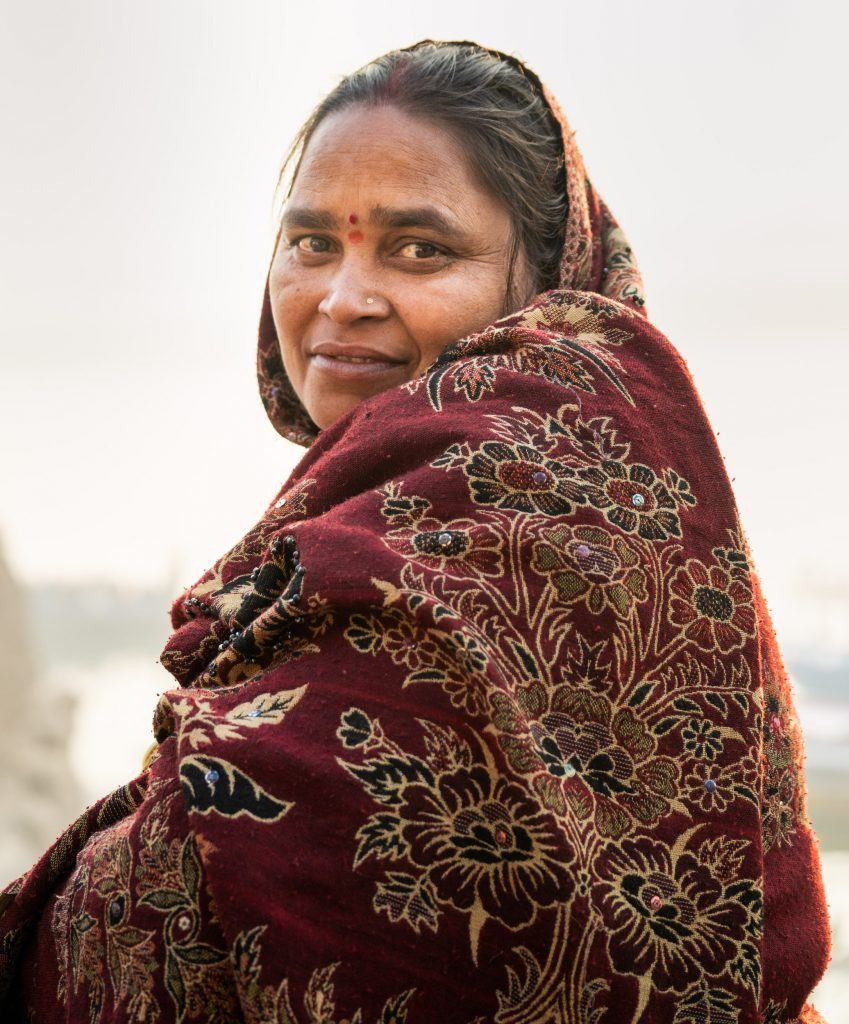
Photograph by Jenn Mishra
Simplify
In this context, simplifying means focusing only on what is most important. Life is chaotic and it is important not to be distracted by meaningless details.
Photography lets us simplify life’s chaos into one story, one emotion, and one idea. We distill the essence of a scene into its purest form.
This means thinking clearly about what you’re photographing and why. Decide what is most important about the scene you are photographing. What story does it tell? Why is this scene interesting?
Knowing what you’re photographing and why is often the hardest part of photography. It’s not always easy to zero in on what a scene communicates. Practice describing to a friend what you are seeing.
We control what we place in the frame. Many photographic techniques help simplify a scene. To reduce distractions, for instance, try cropping in close to the subject. Take a different angle. Use a shallow depth of field to lessen background distractions.
Key Lesson: Simplifying means removing mental distractions and clarifying what we are trying to show in each image.
Take a breath, clear your mind, and then take out your camera.
Capture the simplest version of the scene.
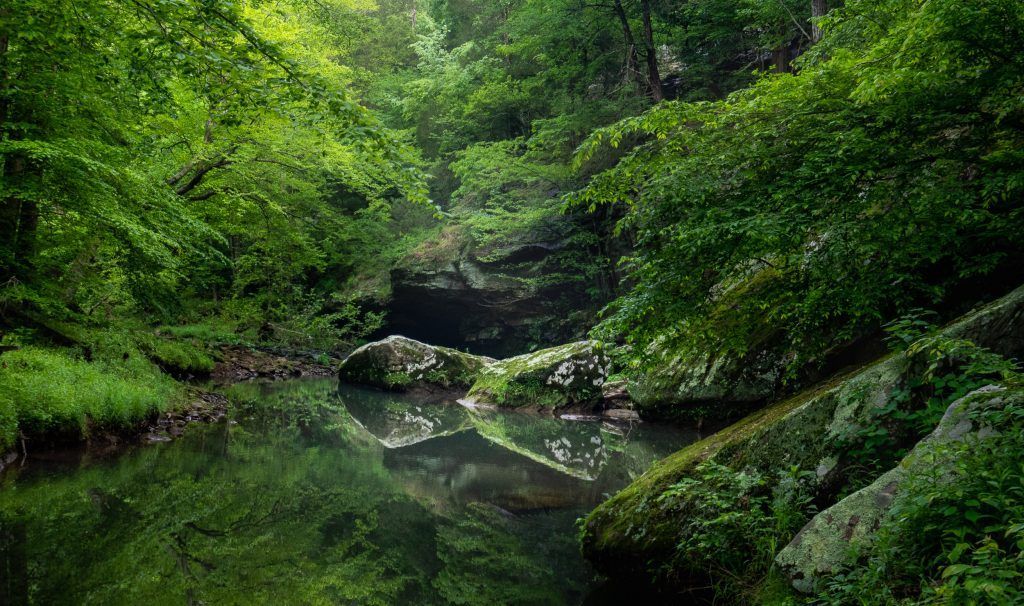
Photograph by Jenn Mishra
Accept Others
How we photograph extends to how we interact with those we meet along life’s journey. Having a Zen mindset means accepting others where they are right now.
Photography is a journey and each of us follows a unique path. Nurture those who are less advanced. Learn from those who are further along the photographic path.
This characteristic arises from my experiences with photography competitions and critiques. Critiques and instruction should be from a positive place. The goal is only to help another photographer embrace their own vision. Personal agendas, egos, and photographic preferences are carefully placed to the side. It’s all about supporting fellow photographers.
We each see the world through the lens of our experiences. It’s important to accept that there are many ways to see the world.
Key Lesson: Other photographers see the world differently than you do. Appreciate these alternate views even if they are not your own.
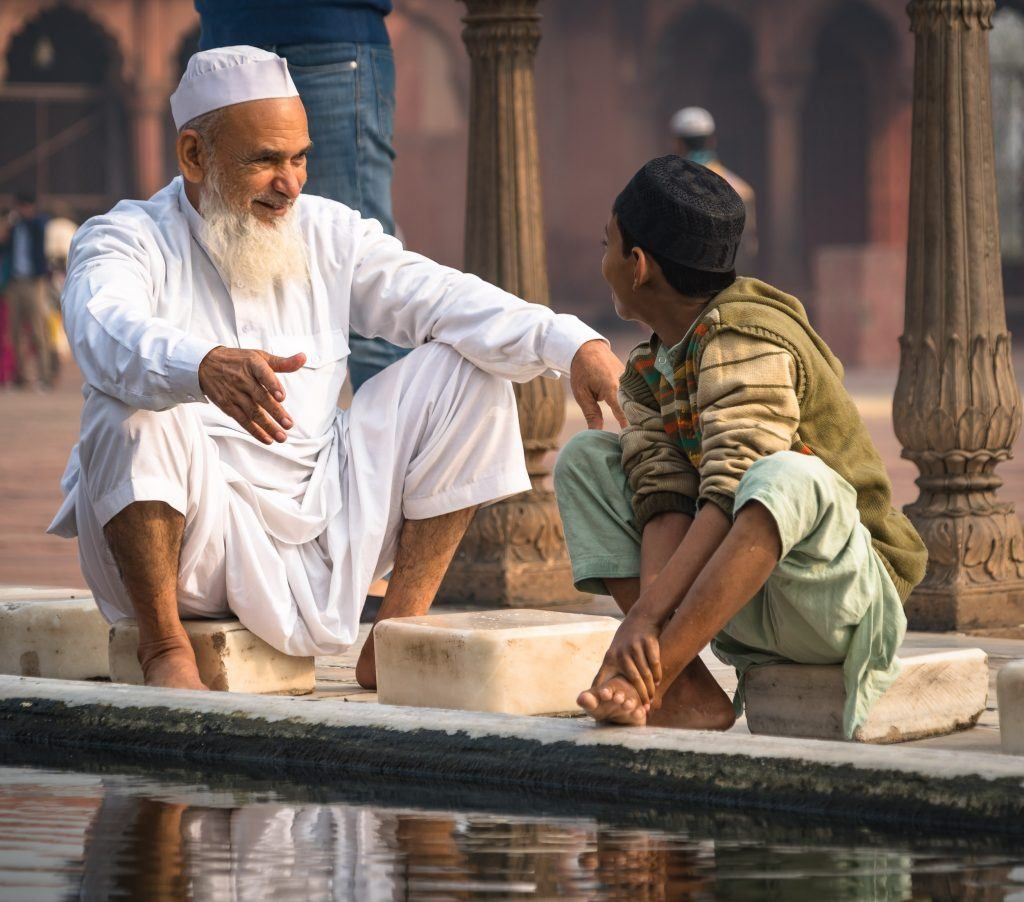
Photograph by Jenn Mishra
Accept Self
Accept where you are in your own vision and skill. This is a key component of Zen thinking. Desire is the root of all unhappiness. We WANT something we don’t have. We feel the chasm between where we are and where we want to be. The gap feels too wide and many of us give up.
Accept who you are in your photographic abilities and vision. Love the photos you make right now.
Your photos will change as you grow as a photographer, but don’t rush the process. Seek improvement but don’t compare yourself with other photographers. This is hard sometimes. Crush your photo envy.
Accept who you are in your photographic abilities and vision. Love the photos you make right now.
Take a moment and think about where you are in your photographic skills and vision. Acknowledge what you know how to do and what you don’t yet know. Artistically, think about the types of images you make. Accept what subjects you like to photograph and your world vision.
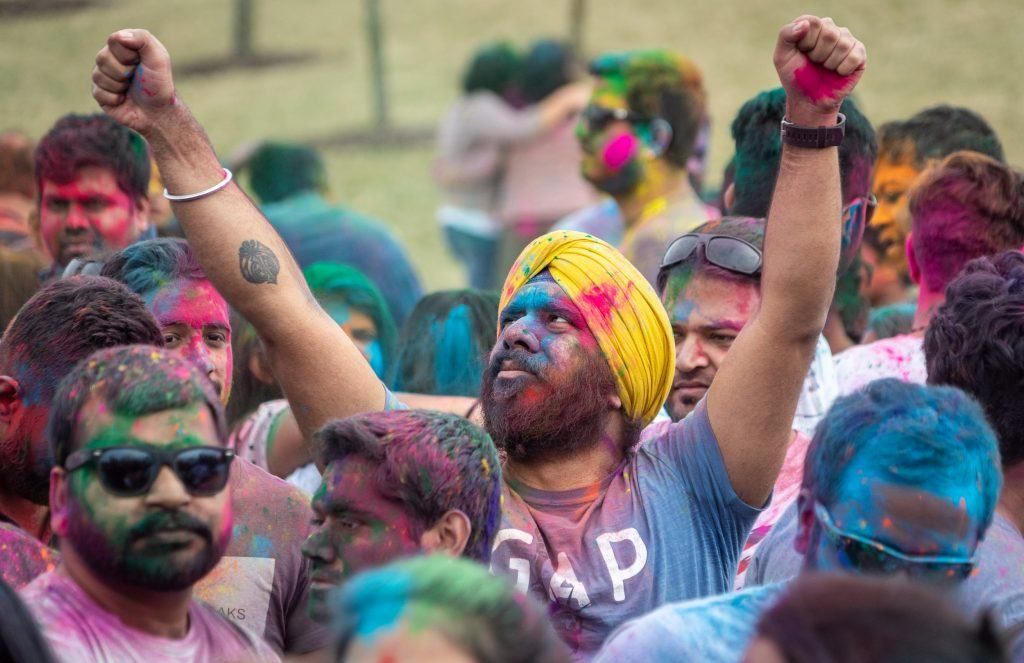
Photograph by Jenn Mishra
Knowing where you are is the first step to accepting where you are.
It’s important not to judge yourself. This judgment may take the form of deflecting or justifying. Be grateful for what you know and what you can do.
You are who you are, and your situation is what it is. Check back in again in a few months or a few years and things may be different, but that’s for the future.
Key Lesson: Work within yourself to create your best possible photographs.
Recommended Reading: If you’d like to improve your photography skills and create compelling images, grab a copy of our Powerful Imagery premium guide by award-winning travel photographer Michell Kanashkevich.
Photography is a journey, not a destination.
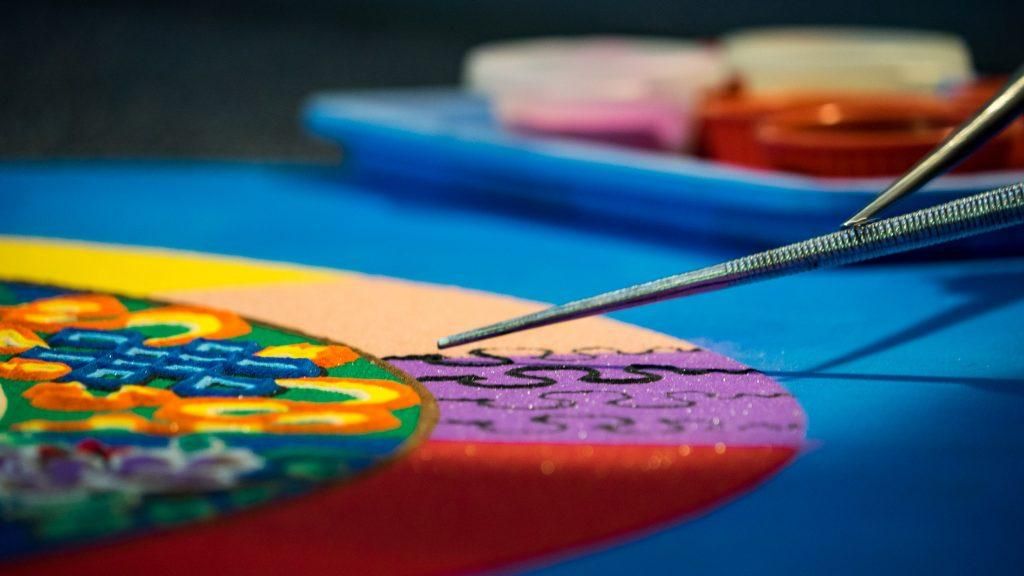
Photograph by Jenn Mishra
Final Thoughts
These eight characteristics remind us to slow down and experience the world fully through our photography. Accept yourself and other photographers. We each experience the world in a unique way. Strive to approach the world with a sense of curiosity and focused clarity.
As with meditation and yoga, Zen photography is a practice. It is an approach that takes time to develop. Some changes that you might make today to embrace Zen principles include the following:
- Seeking out new places or people to photograph
- Experimenting with new genres of photography
- Learning a new camera setting or photographic technique
- Practicing a photographic technique until it becomes second nature
- Exploring different ways of capturing the same scene
- Looking for novelty and letting your feelings guide your decisions
- Expecting to find beauty everywhere
- Slowing down and looking carefully at what is in your frame
- Showing in the frame only what is necessary for the story
Zen photography is about embracing who we are and the types of photographs we make. We’re not hiding behind the camera; we’re revealing a part of ourselves every time we click the shutter button.
Our photographs reflect who we are and how we experience the world.

Photograph by Jenn Mishra
Self Check Quiz
- What is Zen photography?
- List five characteristics of a Zen photographer.
- What can you do to become a more focused photographer?
- Why is self-acceptance so important in Zen photography?
- How is intuitive photography different from ignorant photography?
- How is photographing simply different from creating a minimalist image?
- When critiquing images, what is our role?
- In Zen thinking, why is desire the root of all unhappiness?
- What are some ways of simplifying a scene?
Shooting Exercise:
This shooting exercise combines many of the suggestions throughout the guide. It’s more about the experience of photographing rather than creating a final image. Take lots of photographs!
Explore a local place that you have not photographed before.
Photograph with a sense of curiosity and seek the photos that others might dismiss.
Take time to explore with your camera.
Take photos that are both technically correct and others that are more playful.
Each time you take a photo, focus fully on the scene in front of you. Be in the moment.
Expect to find beauty and you will.


